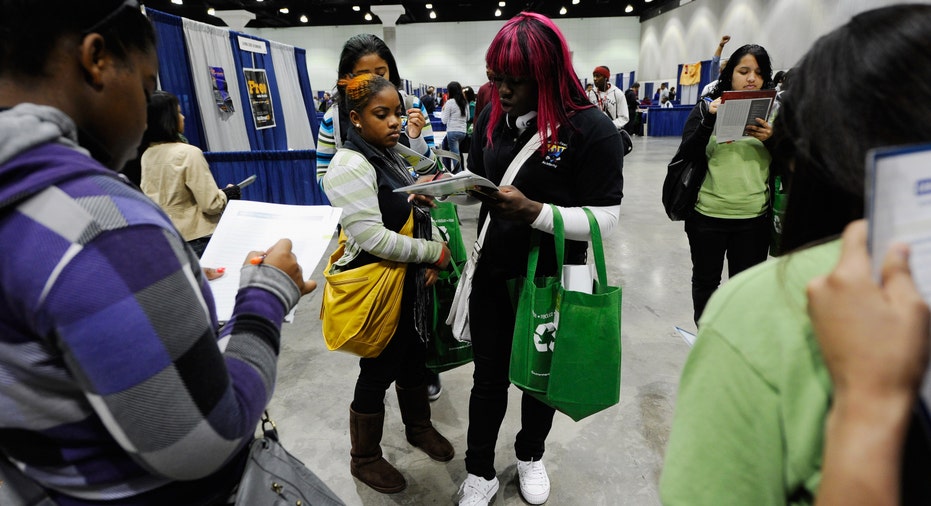Education Trends for 2012

Growing up is tough enough without the worries of your financial future, so Money101 is here for you. E-mail us your questions and let us take off some of the pressure.
As higher education institutions continue to battle back from the financial crisis that hit their budgets and forced them to raise tuition prices, it’s time to look ahead to see what’s in store for 2012.
There has never been a greater need for colleges to focus on preparing the next generation of workers to fuel the American economy than the coming year, says Scott Traylor, associate campus director of online education at Bryant & Stratton.
“Reports show that only around 40% of adults, ages 25-64 hold some type of college degree, yet by 2018, 63% of the jobs in this country will require one,” he says.
Although it’s difficult to know exactly what will develop in 2012, here’s what education and college experts expect to see based on ongoing trends and the latest innovations in higher education.
Student Take the Reins
Incoming freshmen will better appreciate the value and cost associated with their education and demand more from their institutions, according to Jeff Livingston, senior vice president of College & Career Readiness at McGraw-Hill Education.
“They all know recent graduates that have had difficulties finding jobs, they all know parents and friends of parents who have had difficulties, and they all know how expensive college is. They’re going to demand more for their money and they are going to demand that they’re better prepared,” he says.
Admissions Tweak Testing Requirements
Some schools are changing their admissions testing policies and becoming more flexible with the types of testing they accept; some becoming test score optional, or increasingly accepting of more creative submissions.
Daniel Pianko, partner at University Ventures Fund, predicts that the competition for full-paying students, which is often international students that tend not to take standardized tests like the SAT or ACT, will force mid-tier colleges to adjust their admissions standards.
“By 2013, many for-profit colleges will have more stringent admissions standards than many second tier traditional colleges,” he says.
Tuition: Who will Pay What?
Even as the cost of tuition continues to rise, colleges are giving lower tuition incentives to attract high-caliber students. As a result of this competition between colleges to create an academically-sound class, Pianko says that the diversion between sticker price and net tuition revenue will expand in 2012.
“Colleges continue to embrace the airline pricing model: some folks pay full fare, but most don’t.”
Social Media in the Lecture Hall
Incoming freshmen used to having technology at their fingertips will think it’s old news that colleges are just now jumping on the social media train or introducing tablet devices in the classroom.
But Traylor says that developments in technology will take on a different and more useful role this year for colleges to better serve their student body.
“[It] will also help colleges and universities access more meaningful data and better track student progress and success, making them better able to support students and help them complete their degree,” he says.
Rise of Community Colleges
Although traditional four-year universities support many community colleges through articulation agreements, Pianko says we will see the rise of “transfer colleges” in 2012 as policy makers, pushing community colleges back to their “traditional role.”
“Transfer colleges, both online and on ground, will focus on transitioning students to a four-year college, and students will leverage such programs to cut the price of their bachelor’s degree in half or more,” he says. “Budget cuts will hit two year institutions harder, forcing even greater retrenchment in programs.”



















